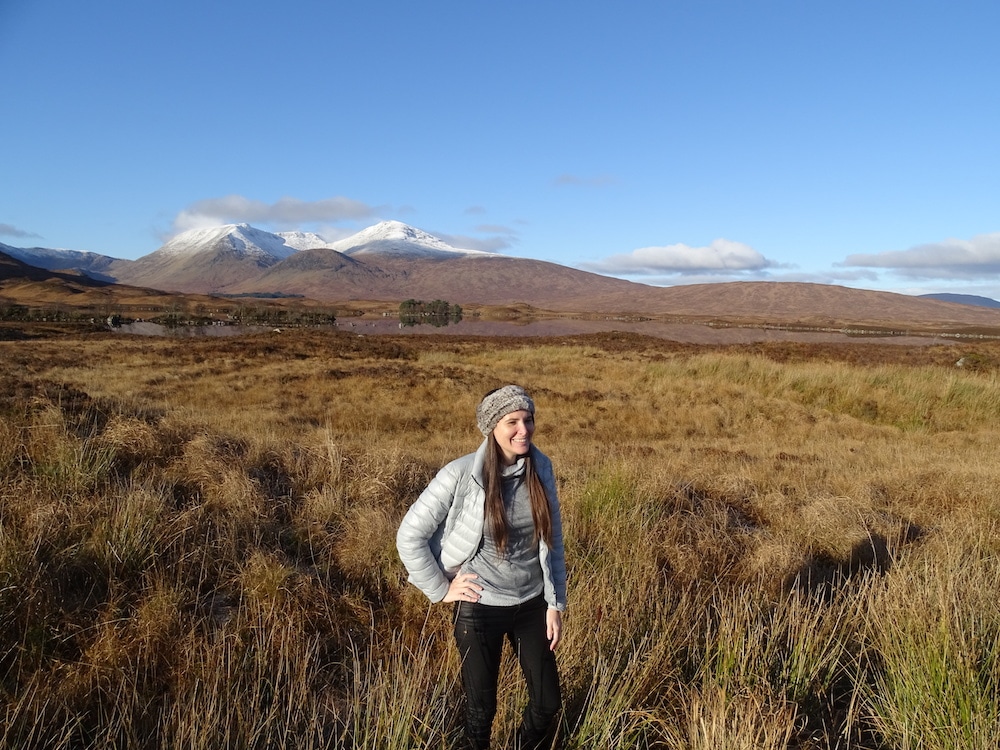I met a friend from Guatemala at the “World Travel Market” tourism fair in London. She asked me what I was going to do after the fair and I told her that I was going to Scotland. Since she had no plan and we had already traveled together in Israel, Palestine and Jordan, she asked me if she could come. Of course, I said yes. To my surprise, she also told another Guatemalan guy was coming and we all met in Glasgow. He coordinated a drive through the Scottish Highlands. We asked the driver to take us to try whisky and he took us to the Ben Nevis Distillery.

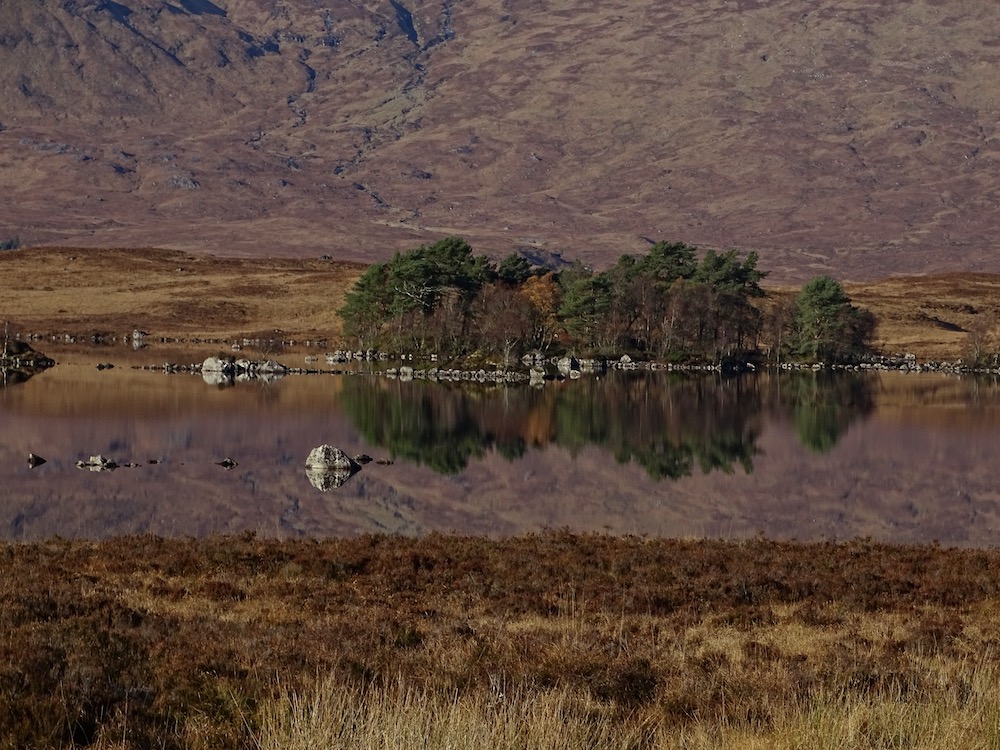

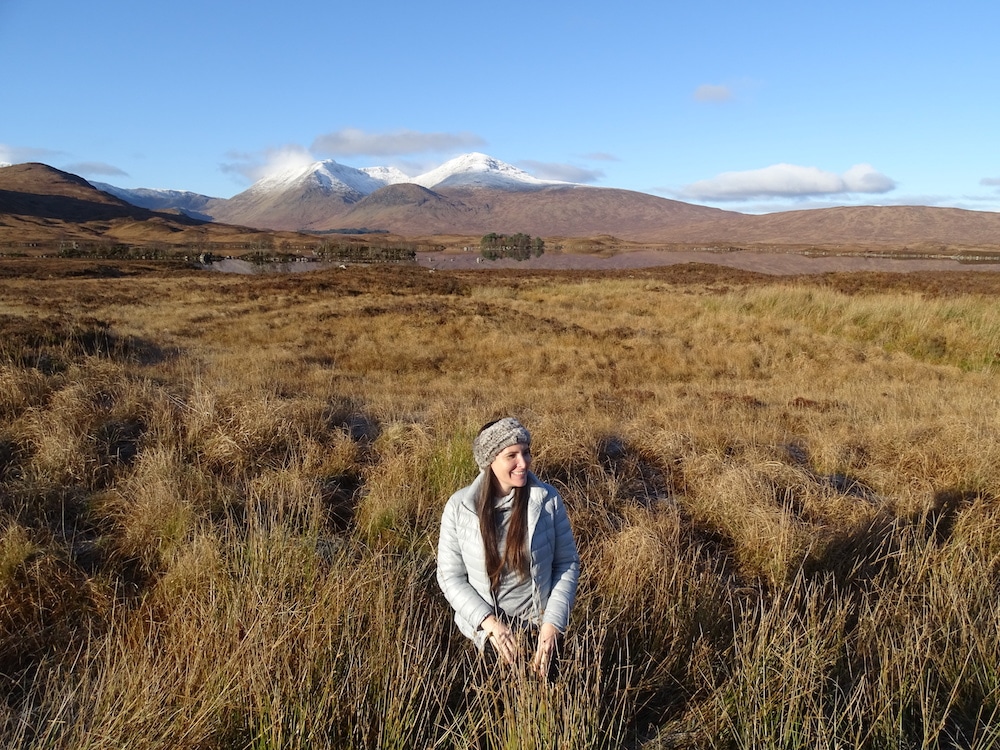
Scottish Highlands

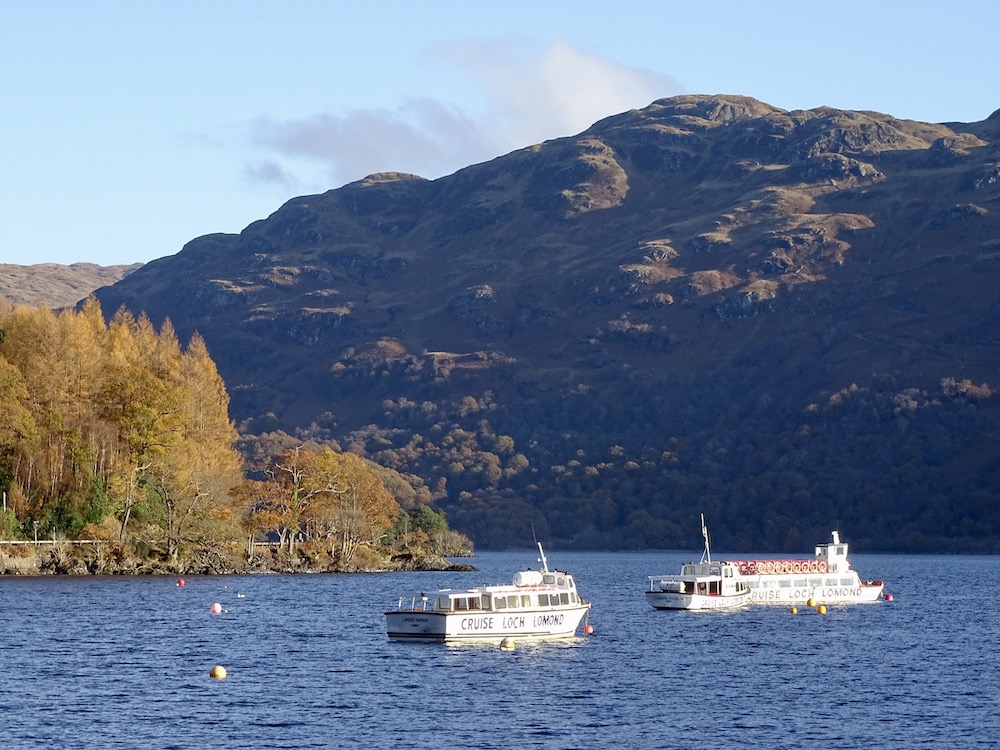
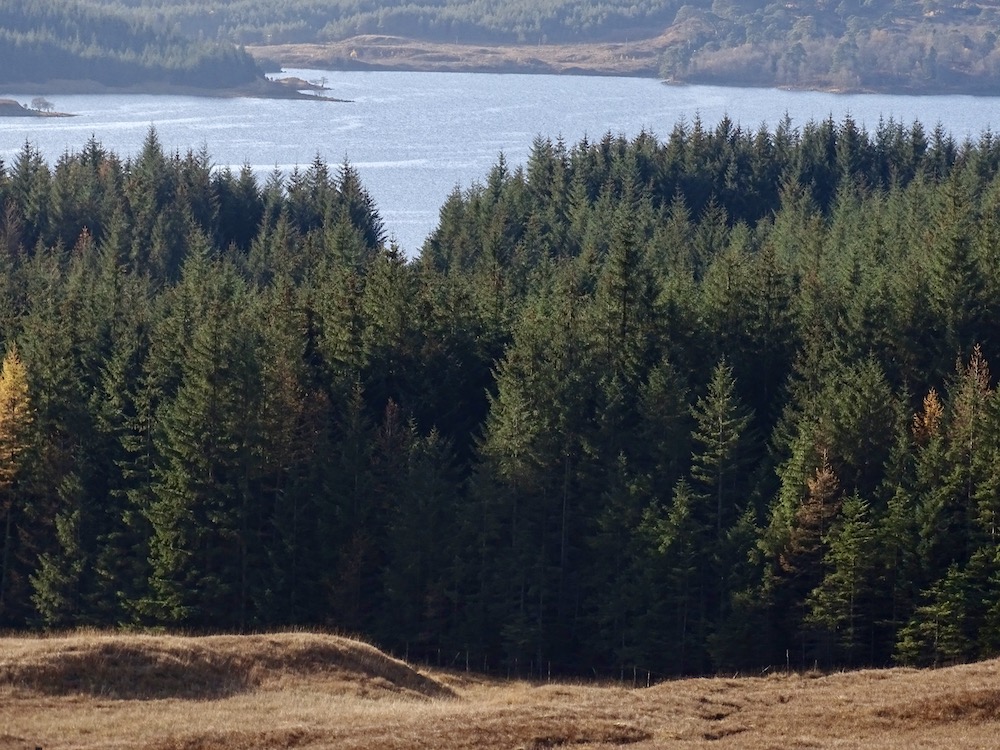
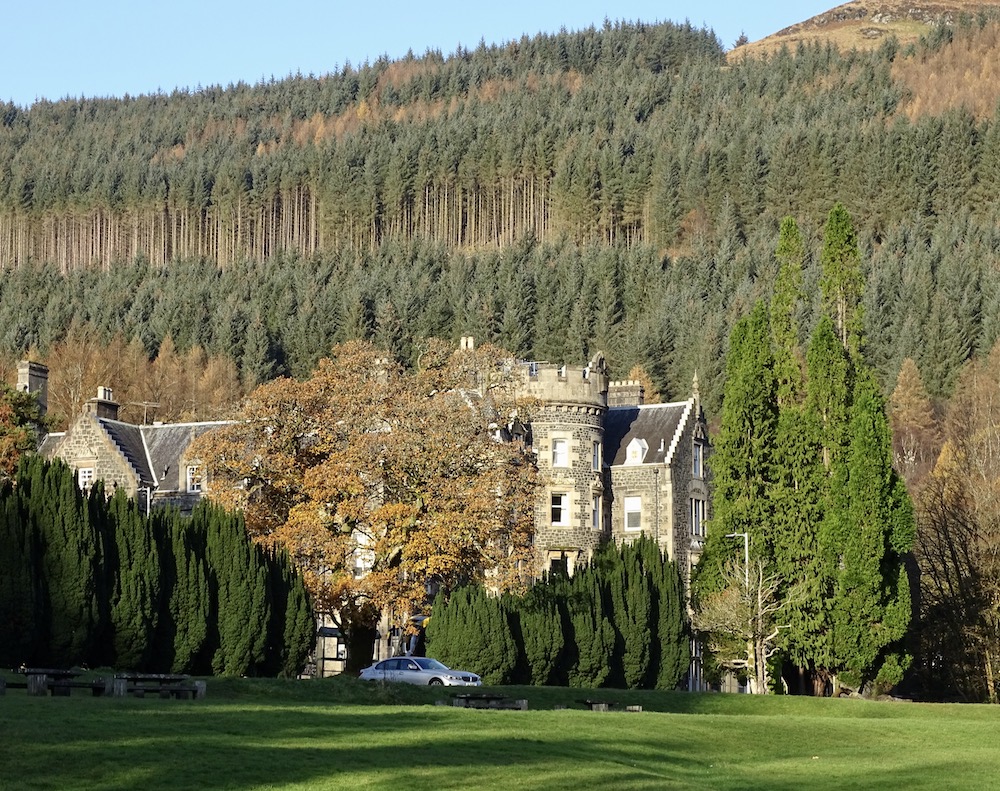
I thought it was going to be a lost, meaningless day, but I changed my mind when I began to see the beautiful landscapes of the Scottish Highlands. It was very cold and all the mountain peaks were already snowy. That contrast of green and chocolate with white made stunning landscapes.
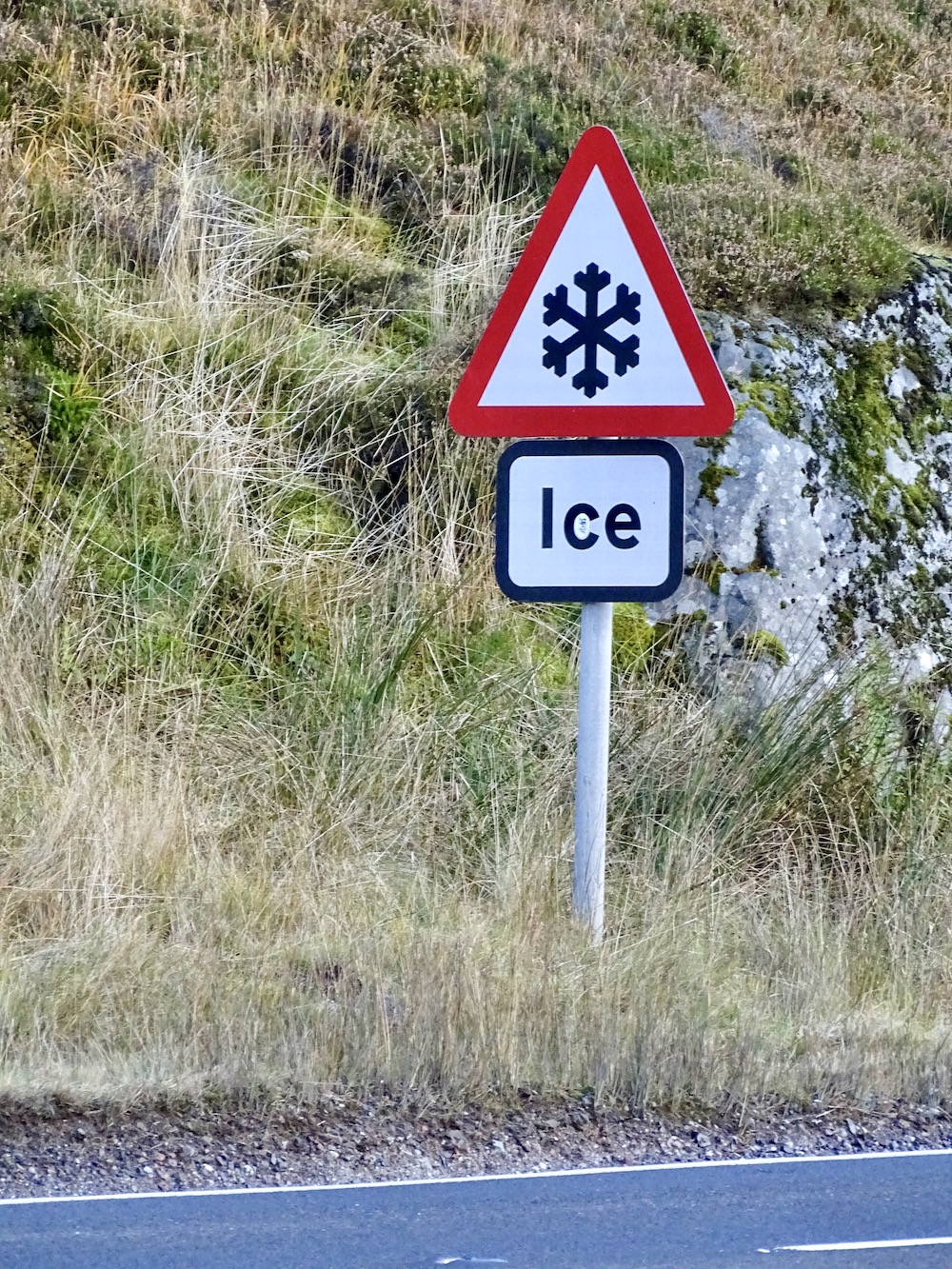

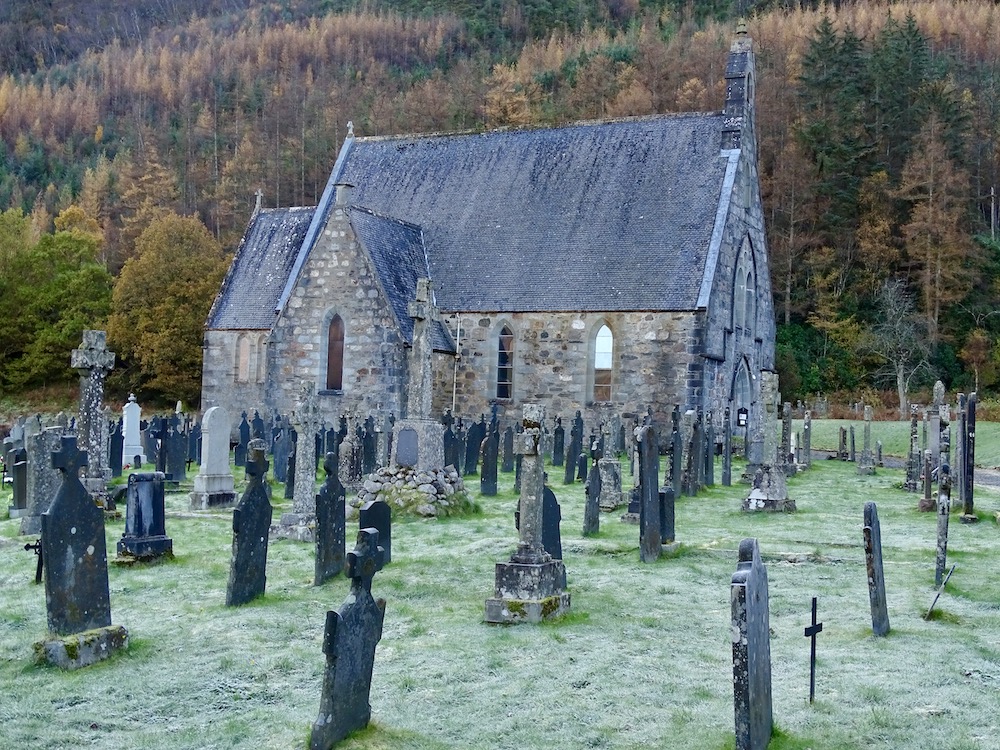
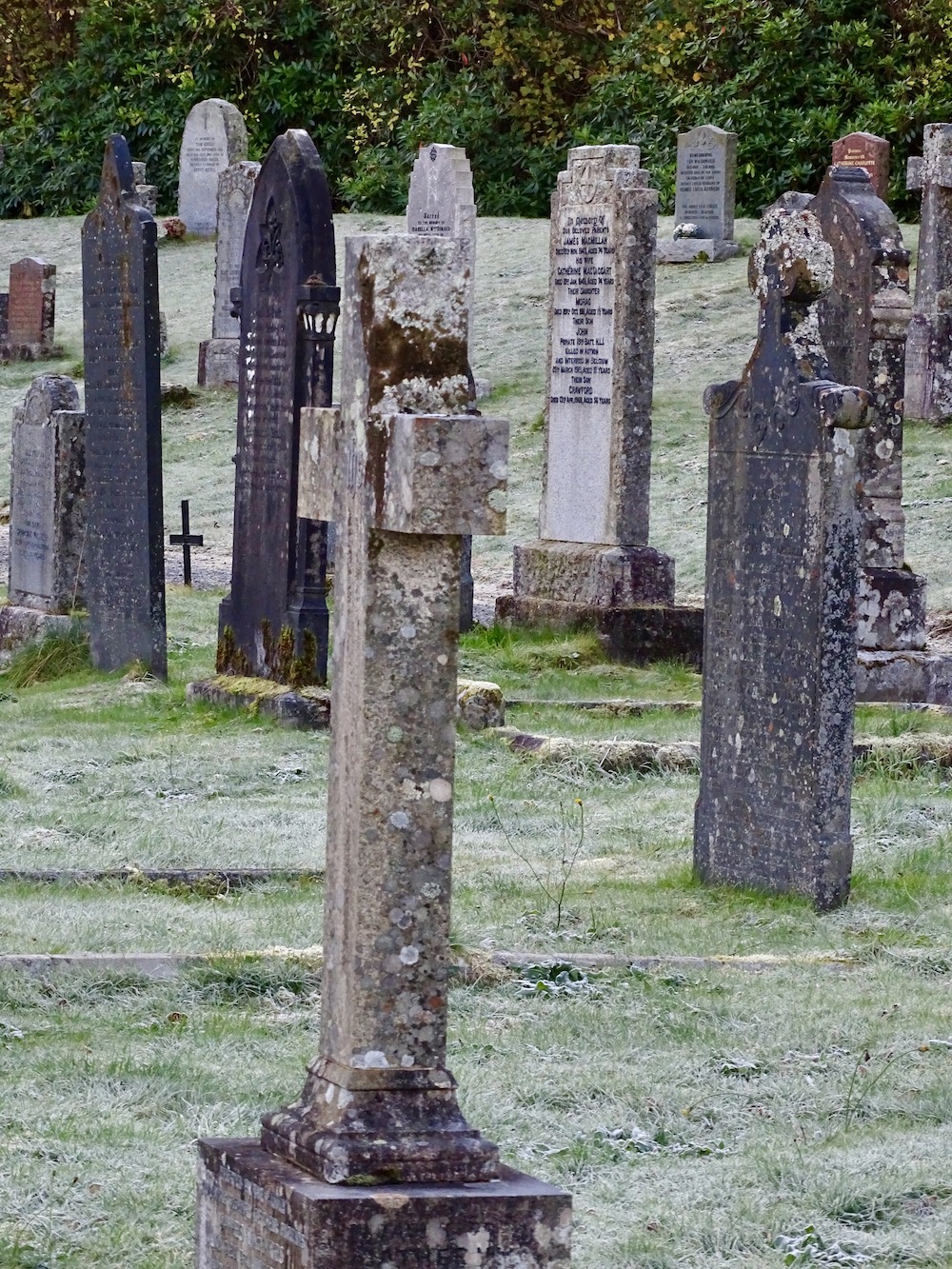
We went to Inveraray Castle which was closed for the season. Many of Scotland’s main tourist attractions close in the winter. It is important to check before going. Luckily, the town was lovely.
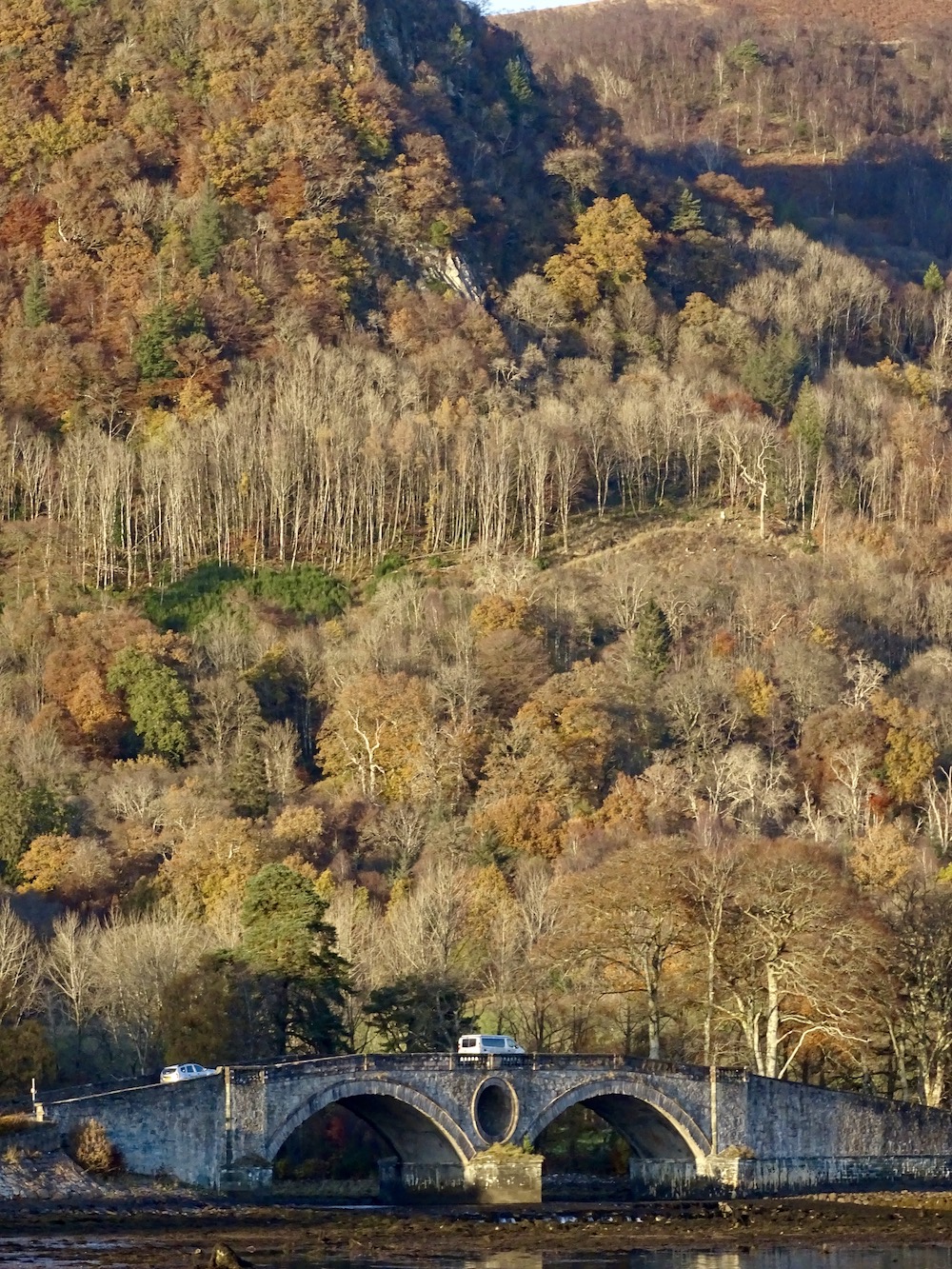
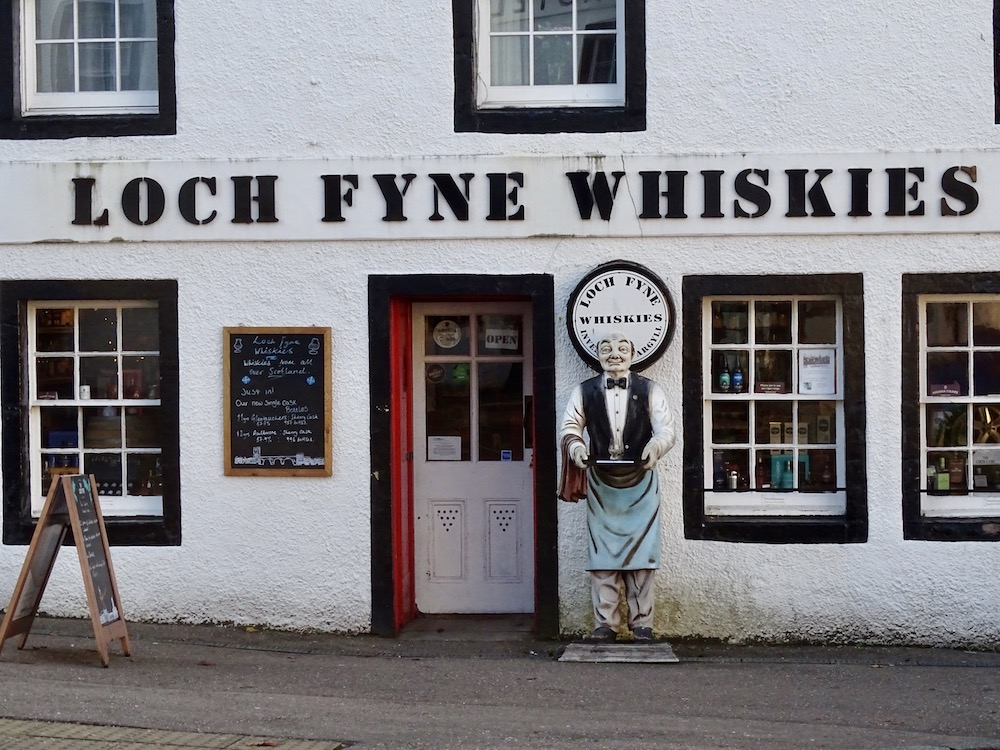

We enter a hotel in Inveraray that had a fireplace to have a glass of wine and rest before continuing our drive.
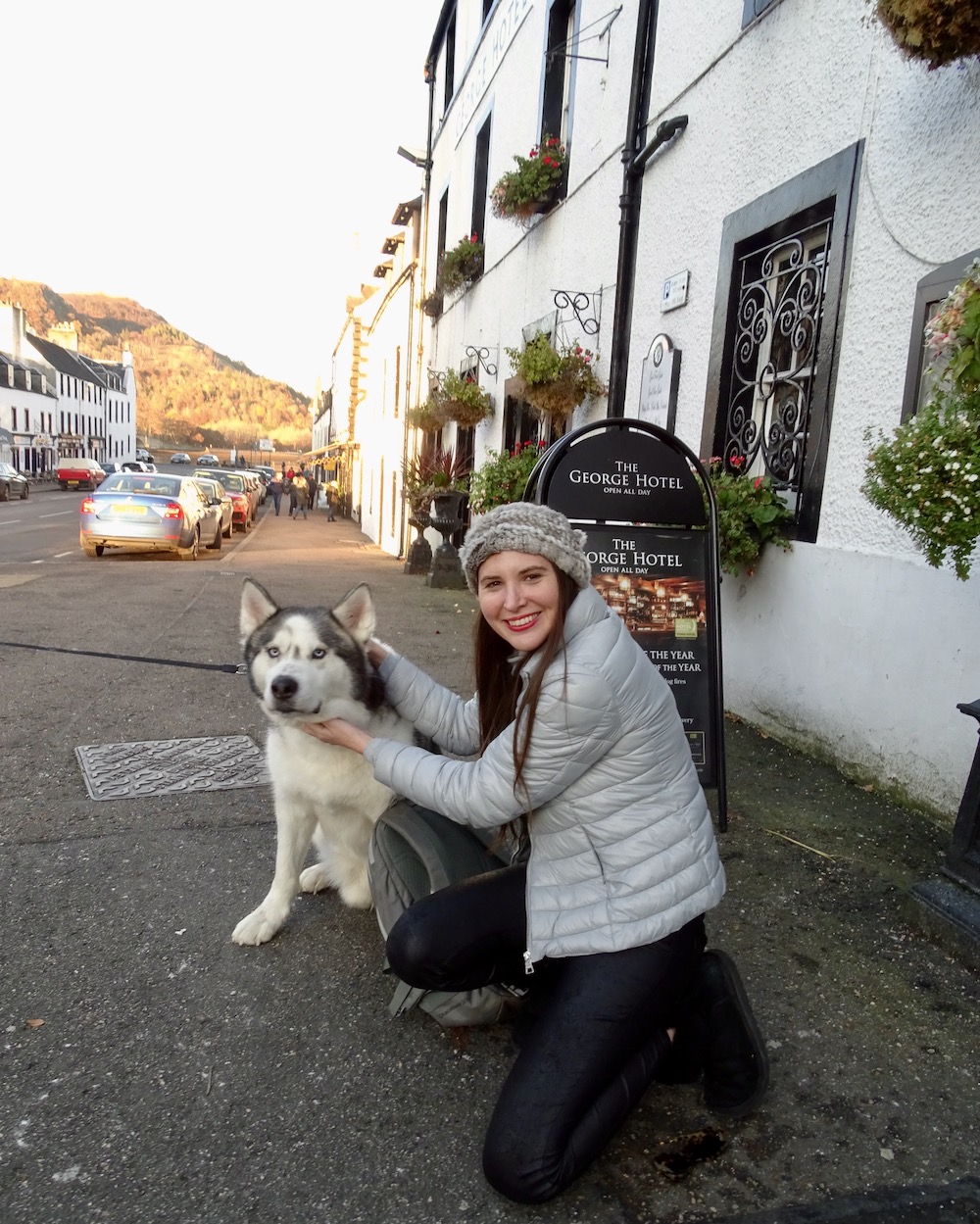
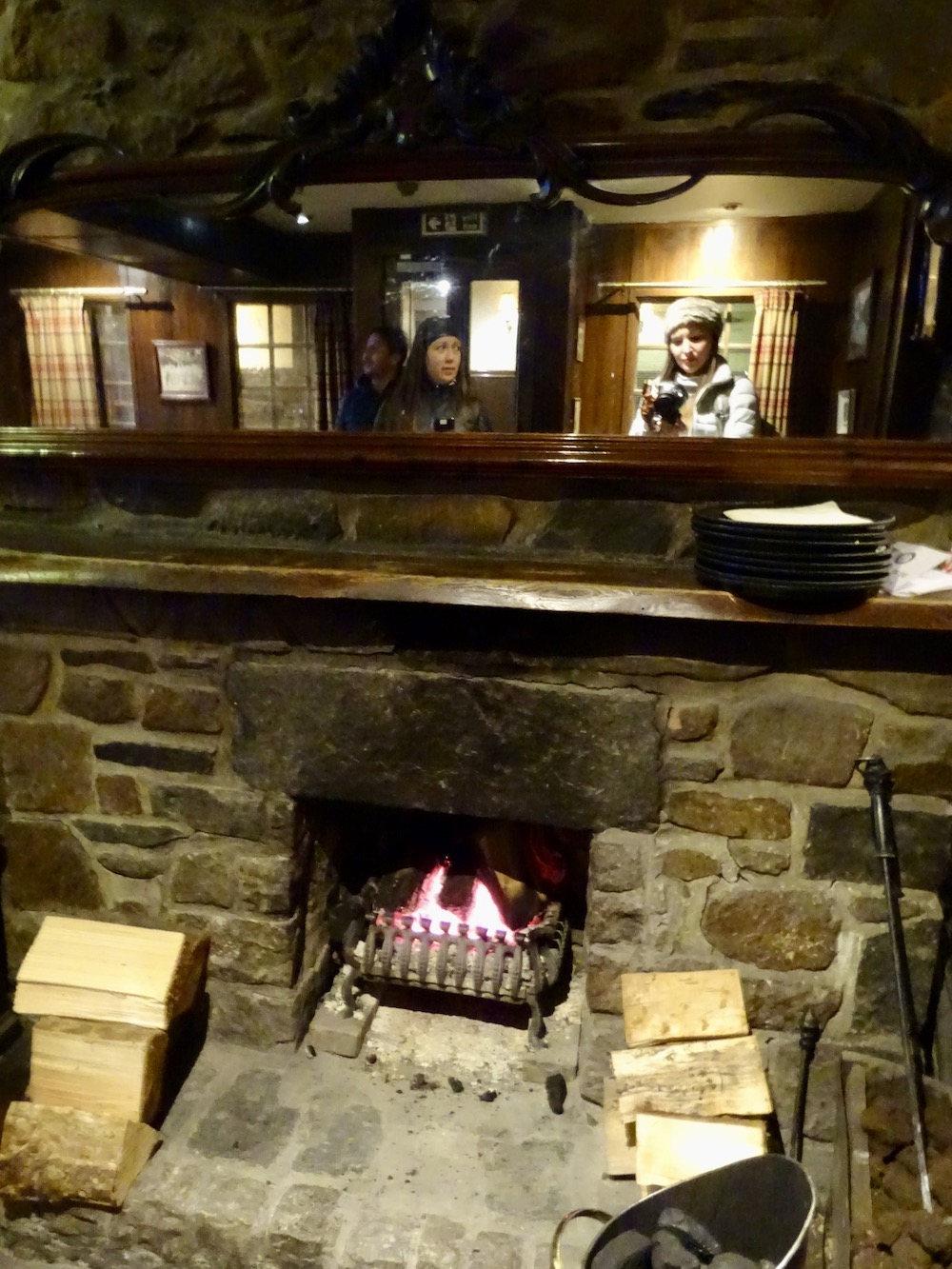
Ben Nevis Distillery
Going to Ben Nevis Distillery from Glasgow takes 2 hours and 50 minutes by car. It is certainly not the nearest distillery, as there are other options in the city and its surroundings. Throughout Scotland you can find about 133 whiskey distilleries.
The Ben Nevis Distillery does tours regularly. When we went there was one that had just begun. The cost of the tour is £5 and reservations are not required. As it was November there were not many tourists, but I imagine that it should be full in the summer. They passed us to a room where they put a video with mythical giant called Hector McDram who told us about the legend of Ben Nevis dew. Then we went to tour the plant with our guide. He asked us if we spoke English and then told us that he spoke “Scottish” with an accent quite difficult to understand.


To make Scotch whiskey only three ingredients are used: water, barley and yeast. During our tour we explained the four stages of the process: germination, fermentation, distillation and maturation.
Germination
‘Long John’ MacDonald founded the Ben Nevis Distillery in 1825. At 4,411 feet high, Ben Nevis Mountain is the tallest of all the British Isles. He chose this place because of the pure source of water that came down from the ‘Allt to ‘Mhuilinn’ gorge. This water comes from the rain that goes down from 2,000 feet to reach a pond that is half a mile from the distillery. At that time it is filtered and taken to the factory.



Eight and a half tons of barley is combined with 42,000 liters of water in the ‘mash tun’. This machine uses heat, 76 degrees, to extract the sugar. The process takes six hours, producing a sweet sugary liquid called ‘wort’. It goes through pipes until it reaches another tank that cools the liquid to 20 degrees. What is left is sold to local farmers to feed their livestock.

Fermentation and distillation
The liquid passes to another part of the Ben Nevis Distillery factory where they have eight ‘wash bags’. 150 kilograms of yeast is added for 48 hours. The enzymes of the yeast begin to attack the sugar turning it into alcohol. This process is called fermentation. The result has between 7-8% alcohol, similar to a raw beer. Natural fermentation creates heat, carbon dioxide (CO2) and alcohol. The liquid rises from 20 to 36 degrees. Almost all containers are made of stainless steel, but are two wooden ones to give it a touch of yesteryear.



This liquid, known as ‘wash’, goes to another room to start the distillation process. It is heated to 98 degrees so that the alcohol begins to evaporate. It goes through some copper pipes, which is the only metal that does not corrode alcohol. It rises to the condensers, where it cools and becomes liquid again. This first run distillation produces 14-16% alcohol.


This process is done three more times to separate the ‘head’s, ‘hearts’, and ‘tails’. The 42,000 liters are divided in half to make a process that lasts eight hours. Next time you will have between 70-80% alcohol. Then, between 60-70% alcohol and it becomes sweeter. The third part is very weak and is mixed with the first part to be distilled again. Whoever drives the machine has to measure the strength of alcohol with a thermometer. The final result is 4,000 liters, which is 10% of the original liquid.
Maturation
The last stage is maturation. We left the Ben Nevis Distillery factory to see where they kept the barrels. The view from outside allows you to clearly see the mountain of Ben Nevis in the background. It was so cold that many barrels had ice on their tops.


They use several types of barrels that store 200, 250 or 500 liters. Before putting the liquid, it is diluted with water so that it reaches 63.6%, which is the alcohol required by Ben Nevis Malt. When the liquid is introduced it has no color, since it is the barrel that gives whisky its color and character.
American barrels of bourbon are brought which have been burned inside. In addition, they bring barrels of sherry and wine from Spain and Portugal. All barrels must be oak and must be matured for a minimum of three years to be Scotch whisky. During that time a maximum evaporation of 6% is allowed. The Ben Nevis Distillery has six galleys that hold 35,000 barrels.


Tasting
In 1955, the Ben Nevis Distillery was bought by new owners and Joseph Hobbs was put in charge. He turned the distillery into one of the first in the world that produced malt and grain whisky. In 1989 they were bought by the Japanese company Nikka.
They make ‘single malt’ whisky that only have malt, nothing is removed or put. The alcohol is diluted with water to reach 46% and then bottled. They also make ‘blended whisky’ which is a mixture of malt whisky with grain, corn, wheat or rye whisky. It is usually cheaper. It is diluted with water to 40% and then bottled.
We passed to the restaurant to do the best part of the tour, the tasting. They serve you little, but as the Guatemalan bought whisky, they gave us a little more. If you try Scotch whisky you must cheer “Slàinte Mhath” which means “good health” in Scottish Gaelic.




